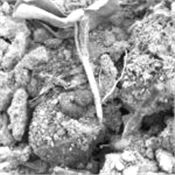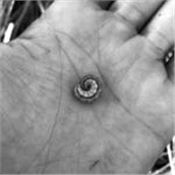Confusing Cutworm With Armyworms?
DR. SCOTT STEWART
JACKSON, TENN.
We’ve had a pretty good run of cutworms in some fields, but we’ve also had some mistaken identity where armyworms have actually been the problem. This has been in situations where wheat cover crop was infested with armyworms. If the cover crop is killed close to or after planting, there is potential for armyworms to feed on emerging seedlings and cause injury similar to cutworms. I’d recommend using a pyrethroid insecticide at or near planting (or mixed with the herbicide) anytime a cover crop is used and not destroyed several weeks in front of planting. This provides some insurance against armyworms, cutworms, threecornered alfalfa hopper and other pests that might attack cotton or soybean. Note that threecornered alfalfa hoppers will primarily be attracted by vetch, clover and other legumes.
On the upside, a cover crop can greatly help reduce thrips injury in cotton, to the point that any foliar insecticides for thrips is probably unnecessary. ∆
DR. SCOTT STEWART: IPM Extension Specialist, University of Tennessee

Armyworm larvae and pupa found in wheat.

Black cutworm and cut cotton plant.

Armyworm coming from grass cover crop.